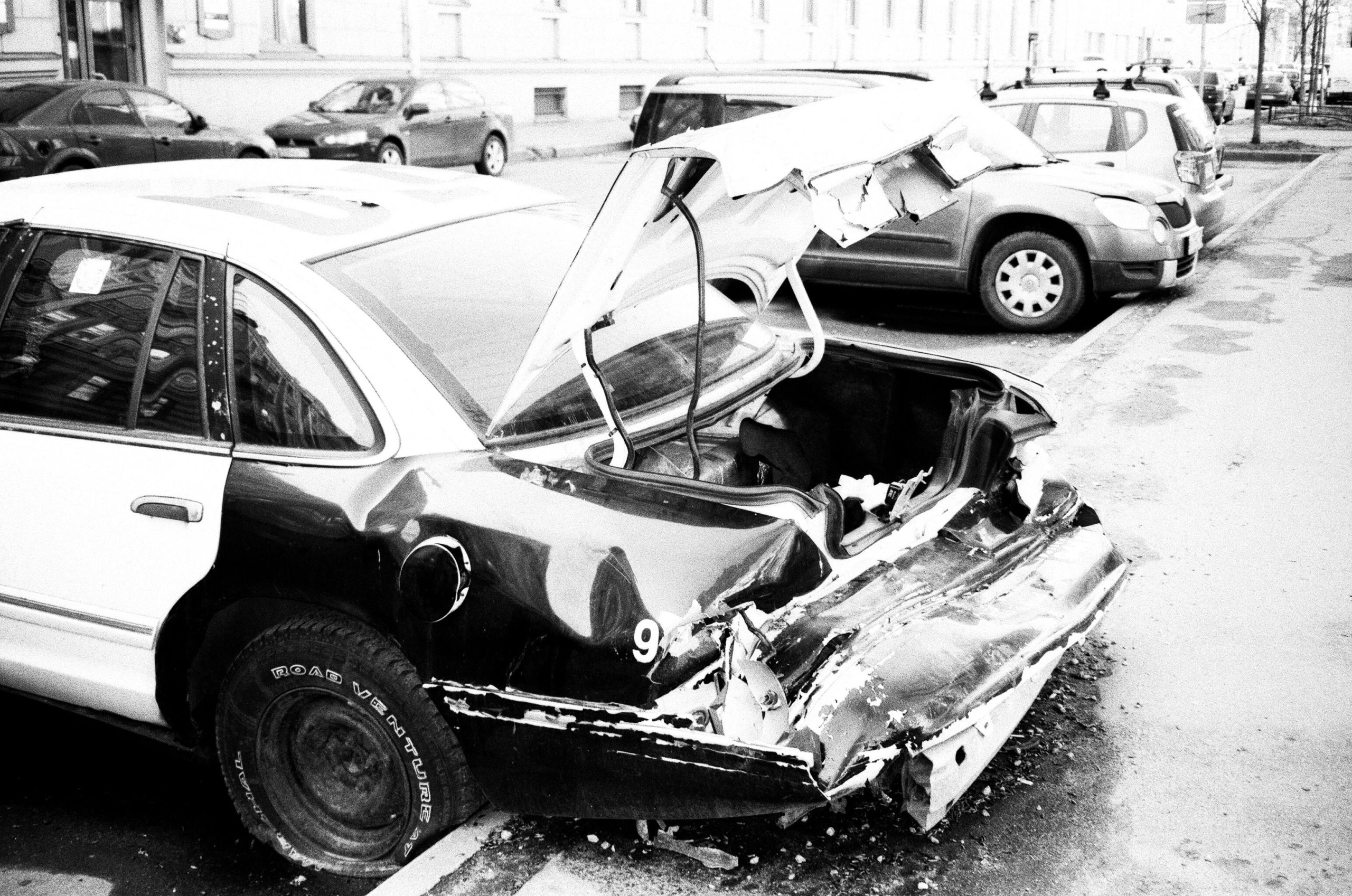 In the realm of workers’ compensation, ensuring injured employees receive necessary medical treatment can sometimes be a battle. A recent Louisiana Court of Appeal decision, Deubler v. Bogalusa City Schools, highlights the complexities surrounding the Louisiana Medical Treatment Guidelines and the process of obtaining authorization for treatment. This case serves as a reminder of the importance of adhering to these guidelines while also recognizing the need for flexibility when circumstances warrant it.
In the realm of workers’ compensation, ensuring injured employees receive necessary medical treatment can sometimes be a battle. A recent Louisiana Court of Appeal decision, Deubler v. Bogalusa City Schools, highlights the complexities surrounding the Louisiana Medical Treatment Guidelines and the process of obtaining authorization for treatment. This case serves as a reminder of the importance of adhering to these guidelines while also recognizing the need for flexibility when circumstances warrant it.
Irvin Deubler, an employee of Bogalusa City Schools (BCS), suffered a lower back injury at work. He was receiving workers’ compensation benefits and sought treatment from Dr. Flagg for his chronic pain. Dr. Flagg recommended an MRI and a psychological evaluation to determine if Deubler was a candidate for a spinal cord stimulator (SCS) trial, a potential treatment option for his pain.
BCS’s insurer, LUBA Casualty Insurance Company, denied these requests, prompting Dr. Flagg to appeal to the Office of Workers’ Compensation (OWC). The OWC’s associate medical director approved the requests, but LUBA and BCS further appealed to the OWC judge.
 Insurance Dispute Lawyer Blog
Insurance Dispute Lawyer Blog



 A recent ruling from the
A recent ruling from the  In a recent case, the Louisiana Court of Appeal emphasized the importance of adhering to the strict formalities required to execute a valid will. The case, In the Matter of the Succession of Sandra Gabor Dale, involved a dispute between siblings over their mother’s estate after a later will was deemed invalid due to improper execution.
In a recent case, the Louisiana Court of Appeal emphasized the importance of adhering to the strict formalities required to execute a valid will. The case, In the Matter of the Succession of Sandra Gabor Dale, involved a dispute between siblings over their mother’s estate after a later will was deemed invalid due to improper execution. A recent
A recent  In the complex world of insurance coverage disputes, a recent
In the complex world of insurance coverage disputes, a recent  A recent decision by the
A recent decision by the  A recent
A recent  In a recent Louisiana lawsuit, a woman’s attempt to sue her ex-husband for damages related to alleged domestic abuse during their marriage was initially blocked by the doctrine of res judicata. However, the
In a recent Louisiana lawsuit, a woman’s attempt to sue her ex-husband for damages related to alleged domestic abuse during their marriage was initially blocked by the doctrine of res judicata. However, the  The Louisiana Court of Appeal recently reversed a decision of the Civil Service Commission (CSC) that upheld the termination of a public employee for gambling while off-duty. The case involving Carnell Collier, a Quality Assurance and Safety Inspector for the Sewerage and Water Board of New Orleans (
The Louisiana Court of Appeal recently reversed a decision of the Civil Service Commission (CSC) that upheld the termination of a public employee for gambling while off-duty. The case involving Carnell Collier, a Quality Assurance and Safety Inspector for the Sewerage and Water Board of New Orleans ( Leotis Johnson, an employee of the
Leotis Johnson, an employee of the